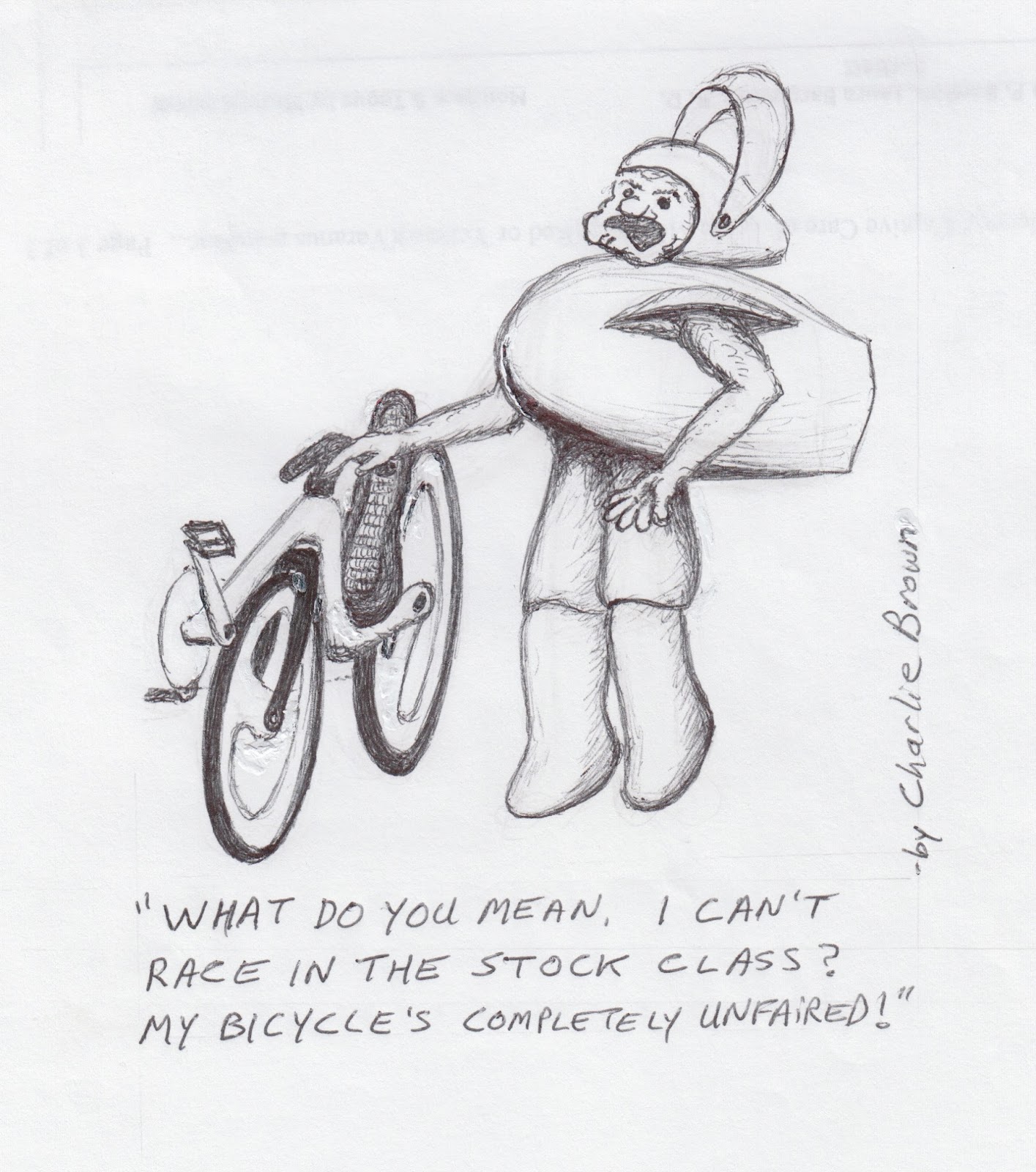In my tests, I ran 23 mm Continental Supersonics up front on both FLO60 and the 2-Spoke wheel. I am going to run the 2-Spoke with 23 mm SS up front and the 25 mm GP4000si TT version on the rear at an upcoming 12 hour race. Both Mr. Thornton (Flo) and Mr. Moens (2-spoke) have told me by email that the 23 mm is the faster for their wheels and Mr. Hambini's tests demonstrate that effect and he explains it fairly well, better than my gibberish.
My normal training tire is the Continental GP4000si 25 mm reflex reflective sidewall. The FLo rim is pretty wide and handles the 25 mm tire fairly well but at higher speeds, the smaller profile of the 23 mm tire and a better matchup to the rim in terms of width should result in a higher yaw before separation and therefore, much better overall aerodynamics. Road surfaces and speed are also factors. On rough roads, a 23 mm might not make sense. On decent paved roads and at higher speeds (say over 24 mph), the 23 mm would be faster but I know from my upright days that the 28 mm Conti GP4k with latex tubes is a very, very fast tire on bumpy roads at more pedestrian speeds of 18-20 mph but at 21-23 mph, I would go with the 25 mm tires. The speeds on any top of the line bent are so fast, especially in rolling terrain, that to be honest, I am still figuring it out. My gut feeling is anything below 20-22 mph would best to minimize rolling resistance and 25 or 28 mm tires would make sense but over 25 mph and 23 mm might make sense if roads are decent.




